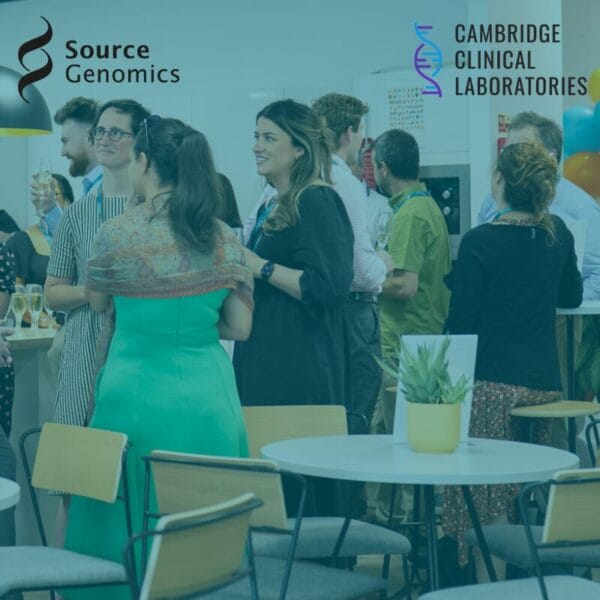Exploring the Applications of Plasmid DNA Sequencing
Molecular biology is a rapidly evolving field, and many significant advancements have occurred thanks to developments in plasmid DNA sequencing. Plasmids – small, circular, double-stranded DNA entities that replicate independently of chromosomal DNA within a bacterial cell – are at the center of this progression. These plasmid vectors are pivotal in transmitting genes that often confer host benefits, such as antibiotic resistance or the capacity to manufacture unique proteins. So, what makes them such a valuable resource?
How can we Sequence DNA Plasmids?
- Sanger Sequencing
- Short-read NGS Sequencing
- Long-read Sequencing
While there are multiple methods used across a variety of purpose-built platforms for depicting the genetic sequence of host plasmids, Sanger sequencing remains the gold standard, particularly for confirmation of clonal plasmid samples where all copies have the same sequence. It employs a method known as chain termination, providing swift and precise results which are instrumental for numerous genetic investigations within small plasmid constructs. NGS allows researchers to dive further into studies with more complex samples such as in experiments where libraries of plasmids are used which is a significant boon to this side of the research field.
Applications of Plasmid DNA Sequencing
The use of plasmids in research is a fundamental tool in the molecular biologist’s day-to-day work. These molecular powerhouses are the building blocks for gene cloning and genetic manipulation processes in studying the function of those genes – either prokaryotic genes which can then be studied in their ‘natural’ context such as a microbial host, or via producing constructs that can be transfected into eukaryotic hosts. Sequencing these plasmids, then, becomes critical for downstream research progression by driving quality control measures – firstly, to ensure the sequences being studied are accurate and secondly, that the intended genetic changes are the only alterations being made.
Enhanced Precision and Reliability in DNA Synthesis
Plasmid DNA sequencing is a cornerstone within the domain of genomics research. It provides a platform for decoding the target sequence within a DNA strand, enabling the construction of specific DNA sequences to cater to the expansive needs of diverse scientific inquiries. The reason plasmid sequencing is so precise lies in the extremely small scale of plasmids themselves. Given they are smaller than standard nucleic acid strands with a specific target genetic interest, plasmids do not need to be fragmented the way that whole genome strands do.
Enabling Plasmid Extractions
The significance of plasmids transcends sequencing. Plasmid extraction from bacterial cells has unlocked doors to a plethora of applications. It facilitates the purification of high- and low-copy number template types, thereby broadening the scope of research and promoting the advancement of complex genetic engineering.
Complete Characterisation of Unknown Plasmids
The comprehensive sequencing of plasmids has allowed for a complete characterisation of unknown plasmids. This will continue to be an invaluable tool for progressing genomic research and development pathways, such as understanding the basic molecular and genetic mechanisms for DNA replication, transcription, translation and gene expression. By the same token, plasmids play a critical role in the sharing of bacterial information such as antibiotic resistance through horizontal gene transfer. Our understanding of the structure and contents of these plasmids is crucial to the collective efforts of pharmaceutical, biotechnology and healthcare organisations to gain a tighter control over antibiotic resistance in bacterial populations to improve human health.
Facilitating Biotherapeutic Production
Plasmid DNA has found substantial use in biotherapeutic production, whereby plasmids are used as vectors for the delivering of therapeutic genes, as confirmatory gene insert templates, and for quality control measures of plasmid integrity. There is still a way to go in applying plasmid sequencing outcomes into biotherapeutic processes, whereby the genes of interest associated with product performance is accurate and consistent. Innovations in plasmid modification, such as the Mu-phage SGS sequence, have shown promising results in improving both the yield and quality of plasmid DNA.
Metagenomics Sequencing
Plasmid DNA sequencing is an indispensable instrument within metagenomics sequencing. It allows for the comprehensive study of microbial communities through gene identification methods, thereby fostering key discoveries within microbial ecology and public health spheres.
Do you require Plasmid Sequencing Services to progress your project?
The Source Genomics team is intrinsically motivated to drive cutting-edge research applications with advanced Sequencing services at unrivalled turnaround times; significantly reducing the timeframe between cloning and result generation for your project.
Depending on your project needs, we are able to tailor our laboratory support to meet the requirements of your research, including: extraction and sequencing of plasmids, sequencing of purified plasmids, as well as colony PCR to further accelerate data delivery.
Visit our website here for more information on how we can support your next project, or email us at enquiries@sourcebioscience.com, and one of our dedicated account managers will get in touch.
Contact us today and one of our skilled account managers will be in touch with a free consultation including further information and pricing details.
Share this article

